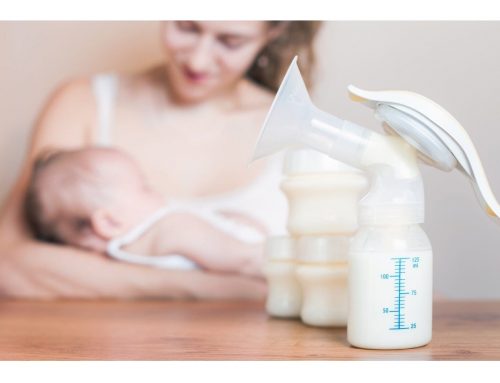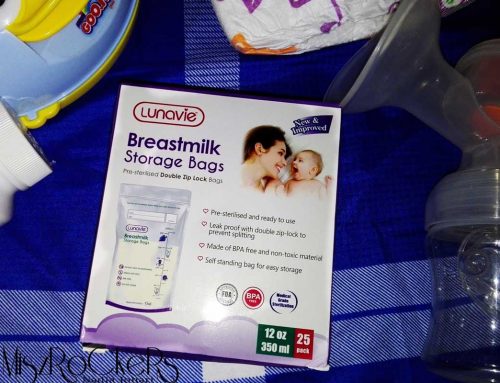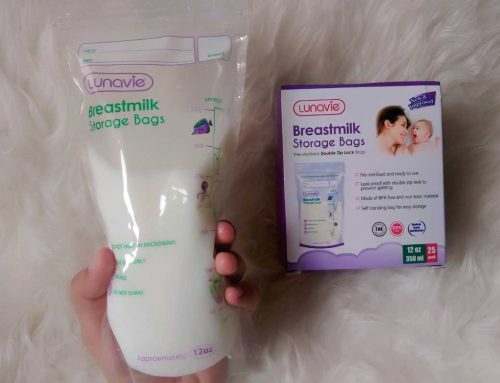We have already mentioned the law of supply and demand of breast milk. The more you express now, the more you will produce in the future. In the supply and demand process, the more frequently your baby breastfeeds, the more milk you will produce. Every time milk is taken from the breast by feeding or spitting up milk, they will increase production. Frequent feeding can help increase your supply, so please feed your baby as needed, rather than to a schedule.
When does it start?
We mentioned in the previous article that your body starts to produce milk earlier than you think: when you are halfway through pregnancy. You may feel that your nipples have become more sensitive and your breast size has increased significantly or you may feel that they have become heavier. This is because when you are still pregnant, your breasts are filled with a small amount of milk.
*This is why you need to wear a bra that can support the various stages of breast changes. Otherwise, as your breasts get bigger day by day, you will need to buy a new bra.
How does it all start?
From about halfway through pregnancy, your alveoli can produce milk. Your pregnancy hormones will prevent them from multiplying. Whether you “want†breastfeeding or not, hormones tell you that your body should produce and supply milk. The process of milk secretion is called “lactogenesisâ€.
How does your body know that it needs to increase the supply of breast milk after giving birth? Still the hormones driving supply. Milk “coming in†usually refers to the time when the mother notices an increase in breast fullness (and other signs) when the milk starts to run fully, it usually occurs 2-3 days after birth, but it accounts for up to 25% of mothers who may need more than 3 days’ time.
What’s next?
Hormones are no longer the main factor driving milk supply, but the frequency with which milk is excreted from the breast is increasing. If you have frequent nursing classes every day, you will produce more milk in the future. If you do not remove the milk, the breast will stop producing milk for the baby.
When you feel your breasts become empty, your body will produce faster and when your breasts are close to fullness, your body will become slower. Then we will go back to loop, more milk outflow= more milk inflow, less milk outflow= less milk inflow. If you do not plan to breastfeed your baby, you can automatically reduce the milk supply by reducing the frequency of care.
If you are a slash working mother who is breastfeeding, you need to discuss with your employer the amount of milk needed to ensure adequate milk supply. It’s also where you store the milk! Before rearranging the workforce, pan everything.
Factors that inhibit human milk reduction
Therefore, the milk in the milk ducts will not be as smooth as it should be. The following is a quick check for this situation:
Smoking/ tobacco
Alcohol
Medications
Breasts surgery
For more information, please read this article or ask a lactation consultant for help.






Leave A Comment